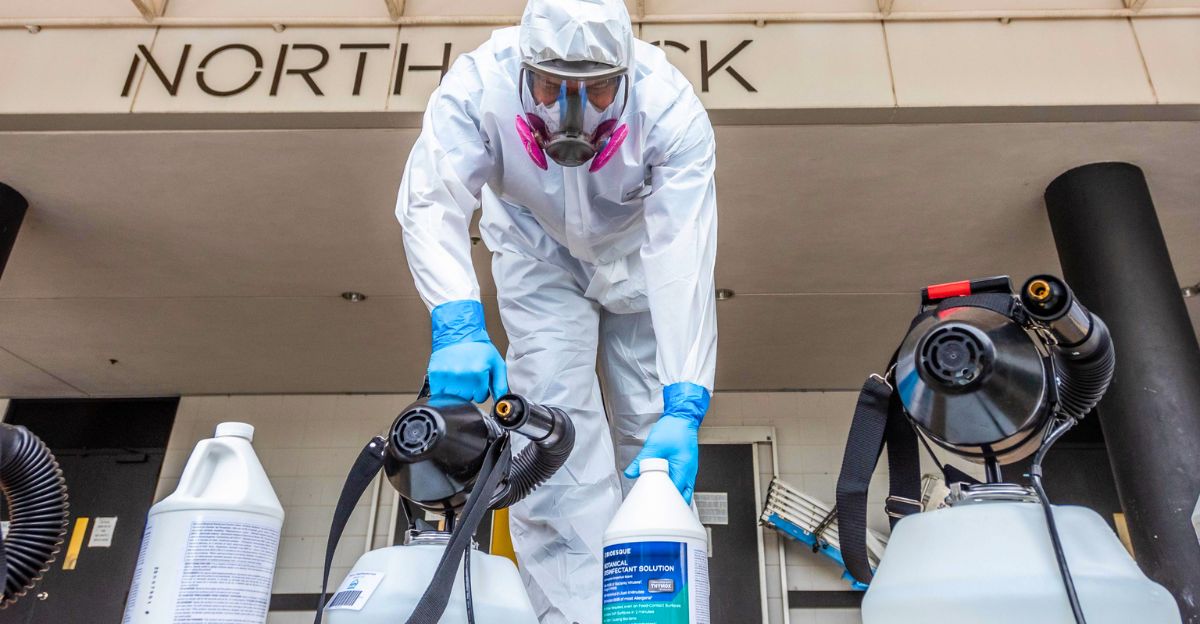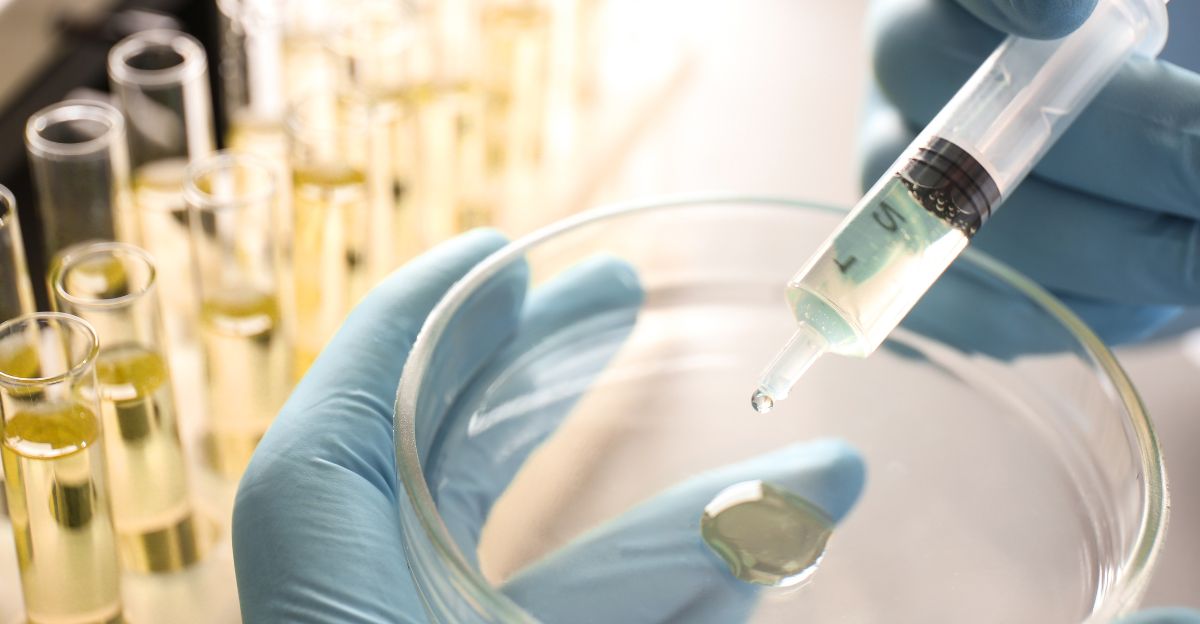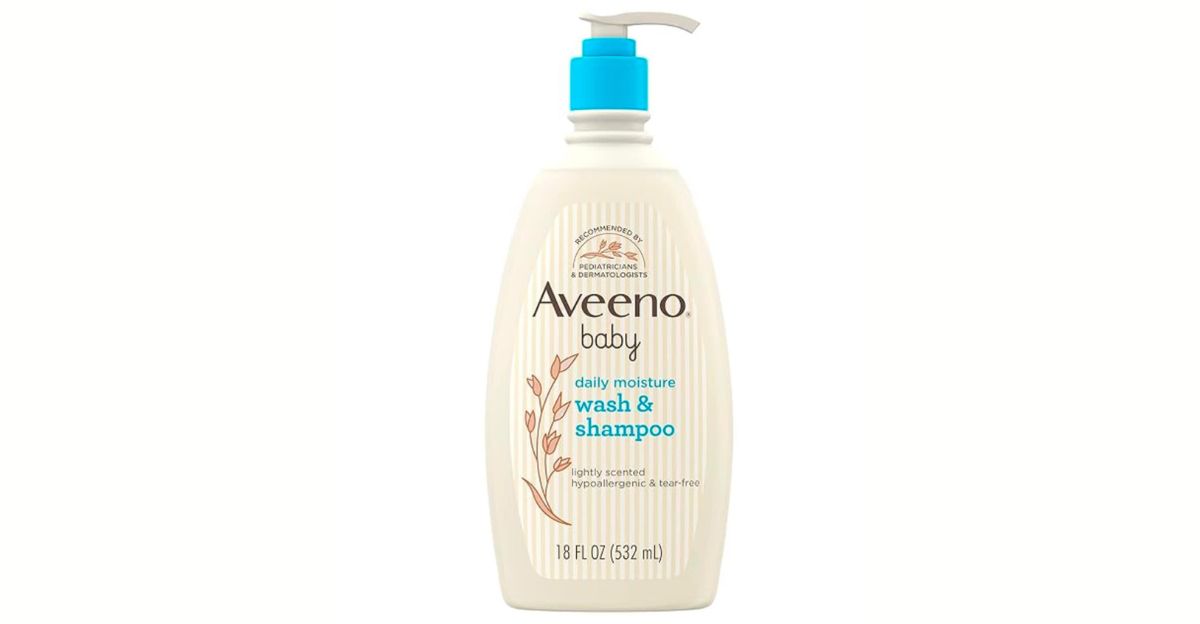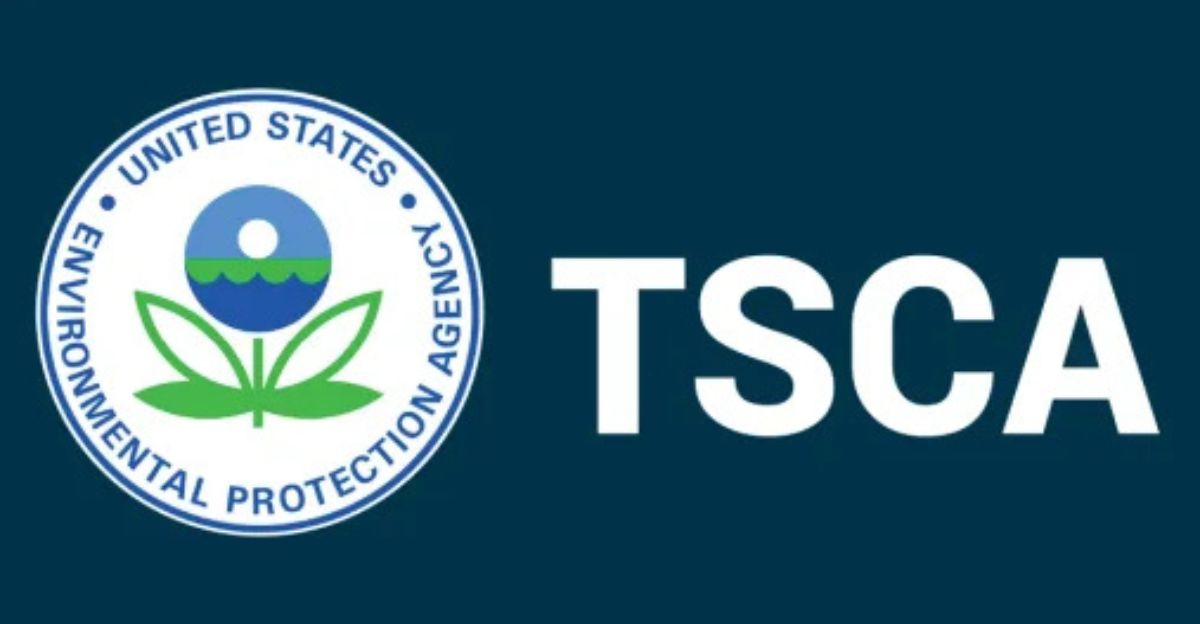
You know how they say you are what you eat? Well, preschoolers are filled with chemicals, leading to the question: Why are they so exposed? In a startling new study, researchers have uncovered that nearly every preschooler tested in the United States carries a hidden burden of toxic chemicals.
Urine samples from children aged 2 to 4 revealed the presence of 96 different chemicals, showing the widespread and often unmonitored exposure young children face in their everyday environments. Can these chemicals be prevented from affecting young ones?
The Study That Was Done

To better understand the impact of environmental exposure on children, researchers conducted a comprehensive national study as part of the Environmental Influences on Child Health Outcomes (ECHO) program, which the National Institutes of Health fund. The study analyzed urine samples from 201 preschoolers aged 2 to 4, drawn from four states: California, Georgia, New York, and Washington. Researchers screened for 111 chemicals, including substances commonly found in plastics, personal care products, pesticides, and household items.
“Our study shows that childhood exposure to potentially harmful chemicals is widespread. This is alarming because we know early childhood is a critical window for brain and body development,” said Deborah H. Bennett, lead author and UC Davis professor in the Department of Public Health Sciences. “Many of these chemicals are known or suspected to interfere with hormones, brain development, and immune function.”
Why Early Childhood Matters

During the first few years of life, children experience many changes as their brains, bodies, and organ systems rapidly grow and change. Even small amounts of certain chemicals can disrupt crucial biological processes, potentially leading to long-term effects on cognitive function, hormone regulation, and immune health.
Because children’s bodies are less capable of detoxifying and eliminating harmful substances compared to adults, exposures during this window may have outsized and lasting impacts. “Exposure to certain chemicals in early childhood — such as pesticides, plasticizers and flame retardants — has been linked to developmental delays, hormone disruption and other long-term health issues,” said Jiwon Oh, first author of the study and a postdoctoral scholar in the UC Davis Department of Public Health Sciences. “This new study highlights the urgent need for expanded biomonitoring and stronger regulations to protect children from harmful exposures.”
How They Are Exposed

Every day activities like eating, drinking, playing, and even breathing can expose children to harmful substances. Children’s frequent hand-to-mouth behavior, tendency to play close to the ground, and higher intake of air, food, and water relative to their body size make them especially vulnerable. Touching contaminated surfaces, using personal care products, or simply crawling on floors can all cause these chemicals to enter their bodies.
Types of Chemicals Detected

Some of the most prominent chemicals found were phthalates from plastic toys and food packaging, parabens from lotions and shampoos, bisphenols from food containers and receipts, and pesticides from food and residential pest control. Flame retardants used in furniture and building materials, and polycyclic aromatic hydrocarbons (PAHs) from vehicle exhaust, grilled foods, and tobacco smoke also contribute to the chemical load.
Detecting diverse substances, including legacy toxins and newer, less-regulated replacements, shows young children’s challenges in modern environments.
Higher Levels Than Their Mothers

One of the study’s most surprising findings was that preschoolers often had higher concentrations of certain chemicals in their bodies than their mothers. By comparing the urine samples of children with those of adult women from the same regions, researchers discovered that levels of chemicals such as phthalates, parabens, and certain flame retardants were frequently elevated in the young participants.
This could mainly be due to children’s habits, like frequent hand-to-mouth activity and playing on the floor. On the other hand, children’s developing organs and immature detoxification systems make it harder for them to process and eliminate these substances, which could also lead to higher concentrations being detected.
Differences in Exposure

Not all children in the United States face the same risk from chemical exposures. There are significant differences depending on race, ethnicity, and socioeconomic status. Research shows that children from low-income families and communities of color are disproportionately exposed to higher levels of toxic chemicals.
These disparities are rooted in systemic issues such as discriminatory housing policies, proximity to industrial sites, and a lack of access to safer environments.
Declining and Rising Trends

As time passes, these chemicals show higher and lower trends as products change and new policies are implemented. Legacy toxins like triclosan have shown signs of gradual decline, likely due to regulatory action and public awareness. However, increases in newer, less-studied chemicals offset these reductions.
The study found that replacement plasticizers like DINCH and certain modern pesticides are rising, reflecting the rapid introduction of alternative compounds whose health effects remain uncertain.
What Parents Can Do

While the exposure and effects of these chemicals might be alarming, it’s not entirely hopeless because there are steps parents can take to help limit their children’s exposure. Choosing products labeled as “phthalate-free,” “paraben-free,” and “fragrance-free” can limit exposure to some of the most common harmful chemicals found in personal care items and household products.
Choosing fresh or frozen foods over processed and packaged options helps minimize contact with food packaging chemicals like bisphenols and phthalates. Washing hands frequently and cleaning floors and surfaces regularly can also reduce the dust and residue children might ingest. Avoiding pesticides indoors, ventilating living spaces, and using a HEPA filter vacuum can decrease exposure to indoor pollutants.
The Call for Stricter Regulation

Experts, public health advocates, and medical organizations argue that current U.S. chemical safety laws are outdated and insufficient, leaving children vulnerable to harmful exposures. The main federal law, the Toxic Substances Control Act (TSCA), places the burden of proof on government agencies rather than manufacturers, meaning chemicals often enter the market without adequate safety testing.
“We give manufactured chemicals more rights than we give criminal defendants,” saod Dr. Philip Landrigan of Boston College. Only a handful of chemicals have been effectively regulated under this framework, despite tens of thousands being in use leaving experts to cry for the stronger regulations of chemicals.







